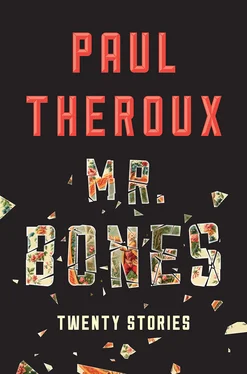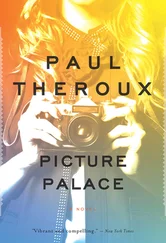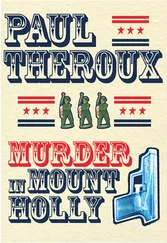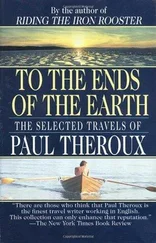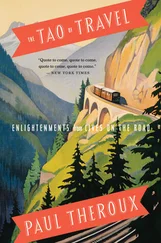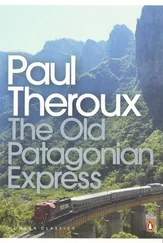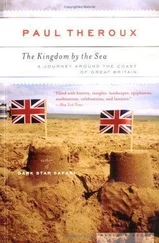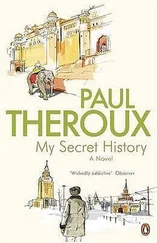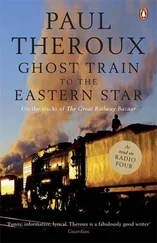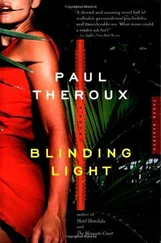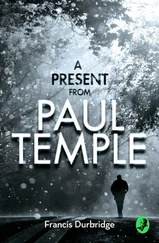Some works cried out to be destroyed. Certain statues, certain paintings, the carvings that collectors referred to as “exquisite.” They seemed defiant, and not just the delicate ones but the robust images too. The broad black strokes in a wall-sized Rothko seemed to stare at Minor Watt and say, “Kick me.”
Had these artworks been people, he would have been arrested, convicted of murder, and imprisoned. But what he did was regarded by most people who knew of it as worse than murder. Yet he was almost delirious in his innocence, free to slash paintings and shatter gold Mayan ornaments and all the rest, because the objects belonged to him.
Furious people visited him to vent their feelings. Even a policeman: “Your neighbors are complaining… smoke… noise.” He laughed: what noise? Even stepped on, a Meissen shepherdess made less noise than someone chewing corn flakes. “Your neighbors said they heard gunshots.”
“Yes. I blew holes in a Jasper Johns. It seemed created to be shot at. Then I burned it. I have a permit to carry a gun.”
“I’ll need to write it up. It was a painting?”
“It was a target.”
The sound of the gunshots had rippled through him and swelled him with a sense of power. He felt bigger, stronger, more visible; his name was on people’s lips. He was better known, more famous, as a destroyer of art than he’d ever been as a collector. And that was another motivator, the conceits of the other collectors, the presumption, the calculation. He laughed when one of them said, “A piece just like that sold at auction for a million-two.” In the past they had ignored him, taken him for a philistine. What philistine? His eye was unerring in choosing the greatest works to destroy — the best went first, then the lesser works. In this way he proved that he had taste. Had he been a philistine, he would not have discriminated. But he was a connoisseur, and he brought all his connoisseurship to his destruction.
Some dealers — not many — avoided him. Some auction houses tried publicly to bar him from sales. But because of the money he was willing to pay, in a period when business had never been worse, he was discreetly welcome, usually after hours, in the galleries and studios. And he was willing to pay more than anyone else. He didn’t haggle. If he saw a thing he liked, he bought it without hesitating.
He grew to love the twitch of greedy anticipation in the moist eyes of the art dealer on his entering the gallery, the subtle hints that a certain object might be worthy of his attention — not the best piece in the place, but always the most expensive.
This afternoon the dealer was Tony Faris. He had an early Hopper. He called to his assistant, Mara, to prop the painting on an easel.
Buyers and collectors said, “Can you make me a price?” or “What’s the best you can do?”
Minor Watt smiled at Faris and said, “How much?”
The price was named. He studied Faris’s mouth uttering the big number, the dry lips, the licking tongue, the jerking head.
“I’ll write you a check,” he said. Then, because Faris had hesitated and Mara had glanced at her boss, he said, “How do you want me to pay for it?”
He loved the way Faris said, “Cash is good.”
“Send it to me. Pack it well.”
He knew he was sending the piece to its doom. They all did. Collaborators!
“I know you’ll be happy with it.”
Happy, yes, because if it were not of such great quality, he would not have bought it, would not trouble himself to slash it, burn it, pour acid over it, melt it, batter it with a hammer.
Mara brought the Hopper to him in a taxi. He invited her up to his apartment and led her through part of his collection, his usual challenge, daring her to identify this or that piece.
“Naga,” she said, correctly, of a red-beaded necklace in a framed box. “Reverse-glass painting, Hanuman,” and “Mughal khanjar, real jewels in the hilt.” She seemed reverential, even moved by the objects. “And that is a dah, ” she said of a silver dagger.
“You know what you’re looking at.”
“Many of these things have a practical use.” She was glancing from the Marquesan club to the Dan mask to a Zulu headrest. “Not art objects, but useful tools,” she said. “To you they are emblems of power.”
He lifted the Marquesan u’u and wondered if he should smash it.
“The language of things,” she said.
He knew why the dealers were so willing to consign these artworks to oblivion. The money he paid was one incentive, but there was a larger issue: the scarcer the work, the rarer the masterpiece in any area, the greater the demand and the higher the price. A finite number of Hoppers existed. Minor Watt’s Hopper was an oil the painter had executed in Rockland, Maine, in the summer of 1926—moored fishing boats, a clutter of drooping telephone wires, the serene old culture, the ugly tilted crosstrees. Hopper had spent less than three months in Rockland. He’d done fewer than a dozen paintings. The destruction of this painting increased the value of all the rest of them, probably a better one that Faris had kept for himself.
The Noland prices rose on the news that he’d wrecked two early targets. He pounded his Gandharan Maitreya figure, a “Buddha of the future,” into fragments and the market for these strangely Hellenic central Asian sculptures became buoyant.
He had never collected coins, inros, netsukes, perfume bottles; apart from a few pieces he’d given Sonia, jewelry left him cold. And what sort of spectacle would they make on a bonfire or in a crucible — a sparklet, a fizz, a bad smell. Even melted, the heaviest earrings — West African or Indian — would amount to no more than a twisted nugget of gold. He craved a visible triumph, a blaze, a marble statue reduced to powder, to be sneezed into nothingness.
The painter Tristram Cowley invited him to his studio, and Minor Watt sat while Cowley showed him his latest work. Minor Watt admired the detail, made comments. He knew what these painters wanted him to do — buy a picture, not the best one. They held back. Minor Watt was patient. He chatted, waiting until the better pictures were slid out and leaned against the wall. Cowley’s pieces were based on x-rays. Minor Watt chose Compound Fracture.
“You know where to send it.”
Cowley knew what would happen to Compound Fracture. And he knew what would happen to his reputation, to the value of his work: it would be a breakthrough.
But such a painter was not the best witness to the destruction. Critics were excellent — they grieved. And the most knowledgeable critics were the best. They were able to appreciate the worth of the pieces. They could put a price tag on them, but few of them could afford to buy them, and so they were truly shocked to see Minor Watt slash them to rags.
After a nighttime visit to the New York studio of another painter, Minor Watt was walking to the corner to find a taxi when he was set upon and pushed to the sidewalk by two men. At that moment, a police cruiser happened to drift past, interrupting the assault, though the two attackers slipped between buildings and got away.
“You okay?” one cop asked. “They get anything?”
“I’m fine. I have my wallet. My watch.” Patting himself, Minor Watt was glad that he felt no pain.
“I guess we got here just in time. Lucky. They could have done some damage.”
Minor Watt smiled at that notion — that they might have broken his bones. Maybe they were men who objected to what he was doing. Or maybe they were thugs looking for trouble.
It happened again — this time a gunshot fired into his car, which was parked in a public lot. He was not in the car, but the bullet through the windshield entered at the level of his head. That was a message: not a random act of violence but an attempted murder. He lost count of the people who would be glad to see him dead. Sonia would smile and tell people what a bastard he was — and never mention how they had loved each other. He bought a bulletproof car and hired a bodyguard, and, secure, he was gleeful, thinking that there were people who were so outraged by the destruction of his artworks that they were prepared to kill him.
Читать дальше
